Well, it is the end of my journey to the Arctic. I Everything has been running smoothly the last few days. The weather went from 20 above to 40 below, I observed beautiful sunsets and sunrises, I saw the Aurora, built an Arctic snowman, drove a mini snow cat, and ate the last of my favorite dessert at the camp, CUPCAKES!
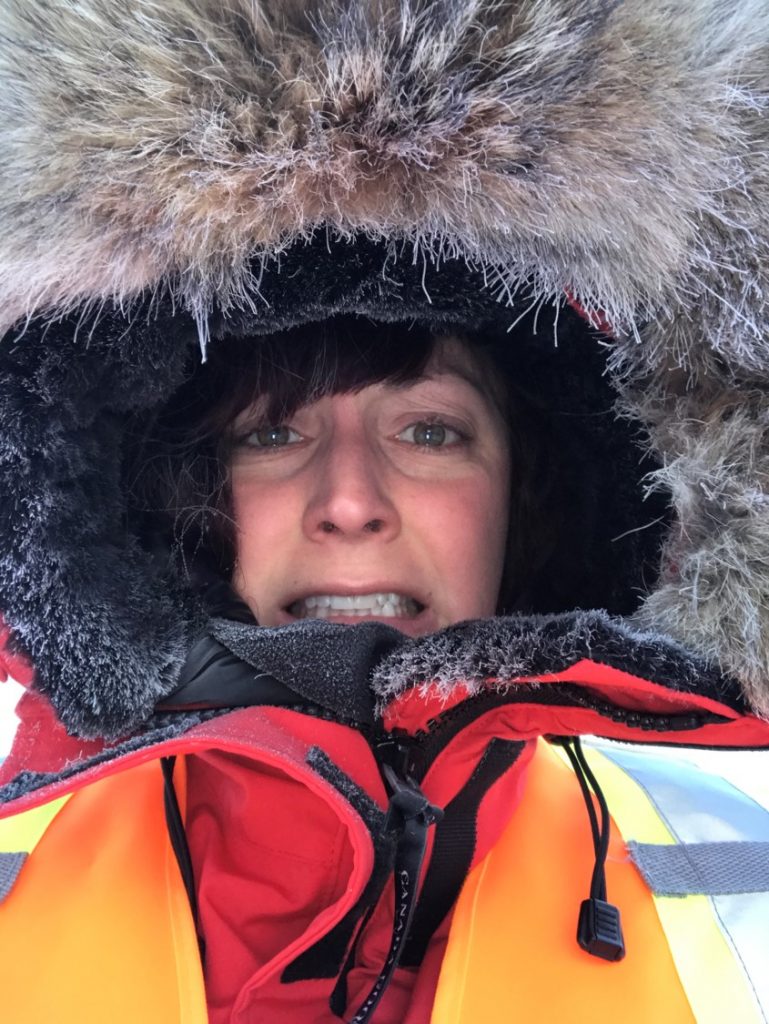
Cold day today!
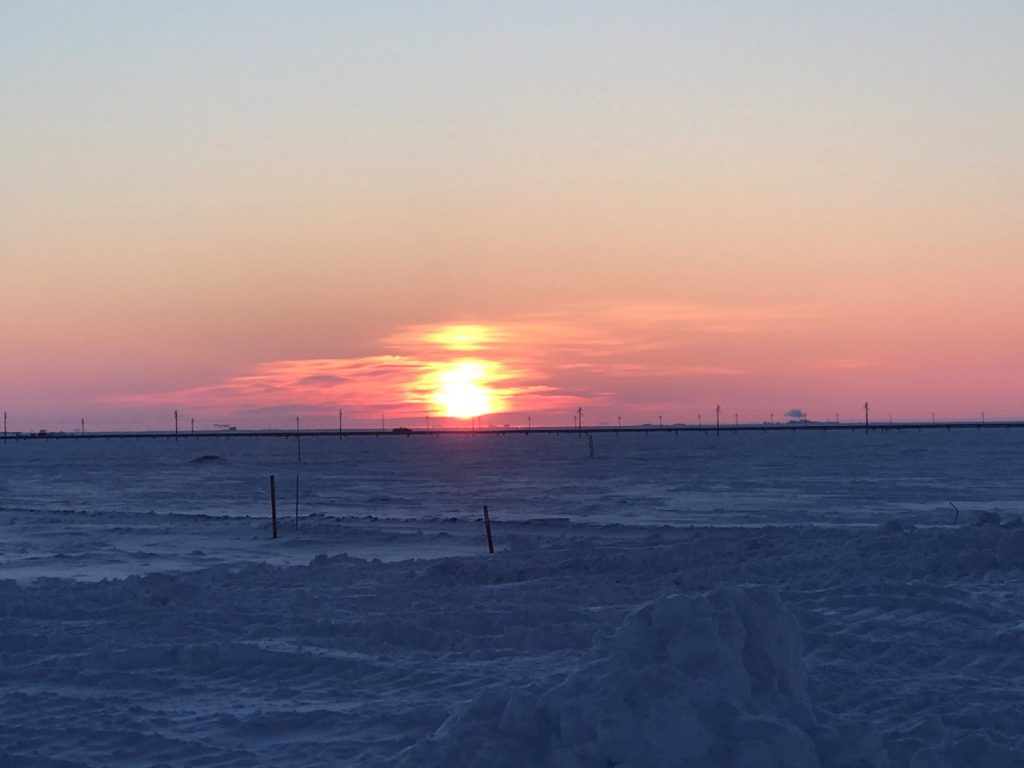
The sunrise at the site, they last so long up here.

The moon at sunrise. Such beautiful skies. 🙂
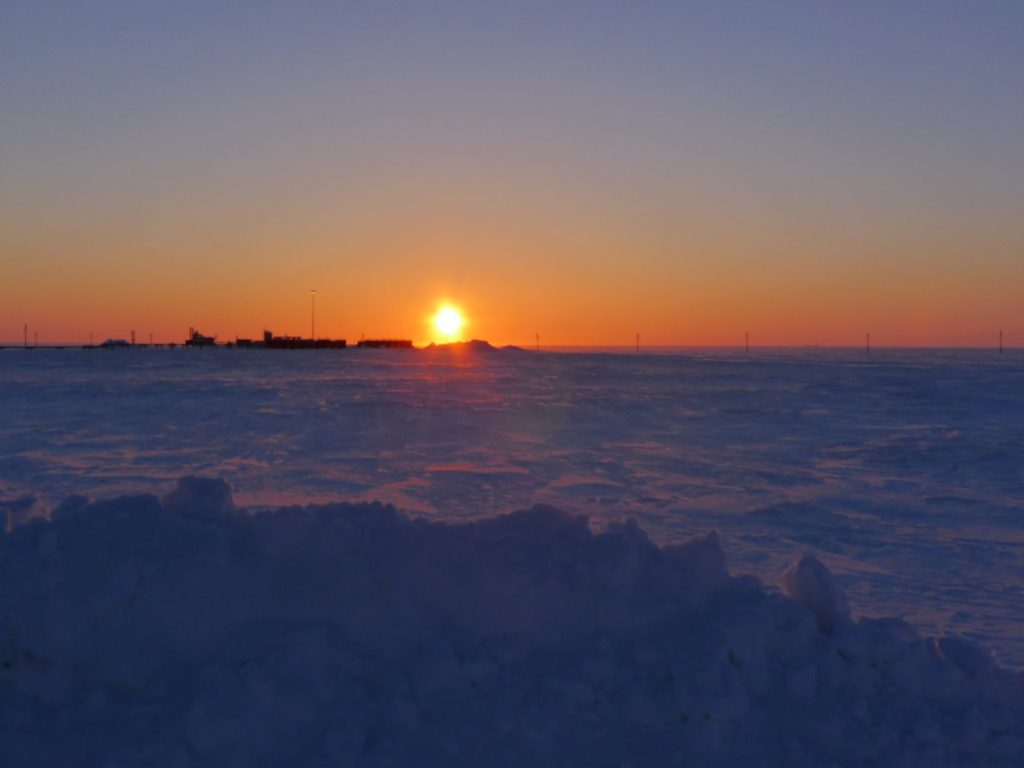
One of the many beautiful sunsets I watched from camp.
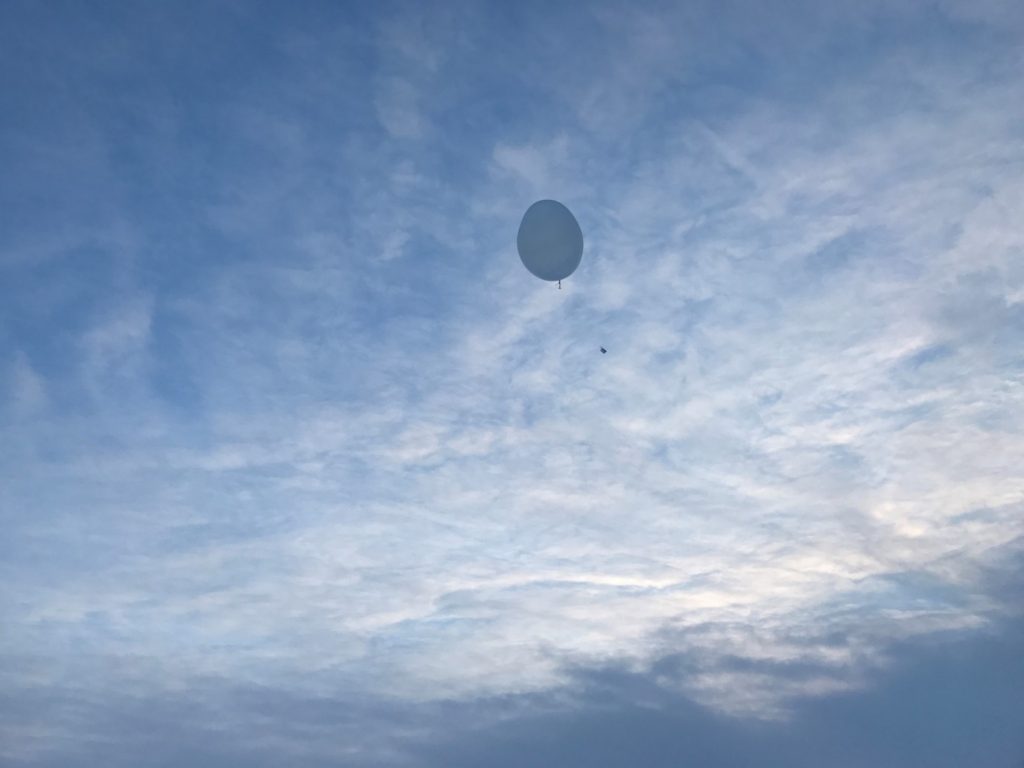
Watched this routine balloon launch. It was so clear this day, I could see it for miles up!

I FINALLY saw the Aurora! It was not very bright, but still cool to see 🙂
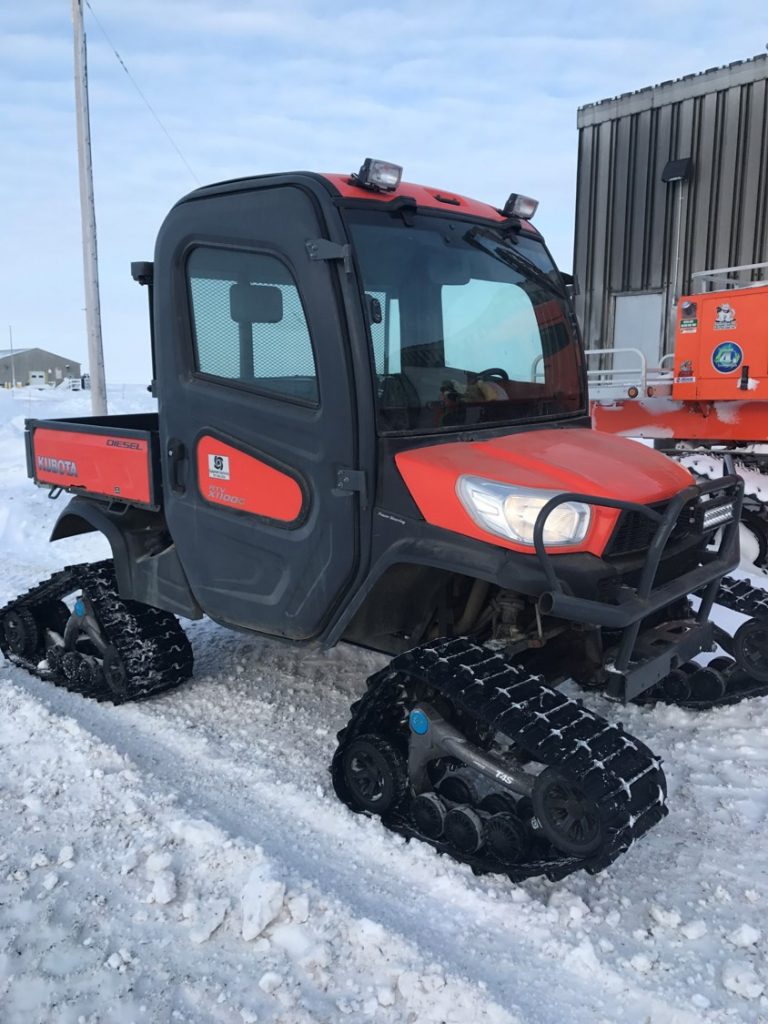
I got to drive this beast…even though it maxes out at 15 mph, ha.

I hereby present the new mascot of our site. I named him “Ollie” since our site is called Oliktok Point. He is a tough Arctic snowman, still standing days later!
My samplers will be running until the end of May. After that, I have my work cut out for me in the lab this summer to analyze all the samples that they collected over a 3-month time period. The goal is to measure how many of those collected aerosols would be effective at serving as “seeds” for cloud ice crystals to grow on. Aerosols, in general, act like seeds for cloud droplets and ice crystals. Overall, the objective of INPOP is to understand where these aerosols come from and how they could impact the climate properties of Arctic clouds. Arctic clouds are very important; they help control the sun’s energy reaching the sea ice, meaning they play a role in the growth and melting of sea ice. Changes in sea ice not only impact the weather and climate in the Arctic, but also affect weather and climate patterns worldwide through VERY large circulation pathways of air. We know very little about how aerosols indirectly impact sea ice. Hopefully the results from INPOP will shed some light on this process!

Until next time, Oliktok Point!
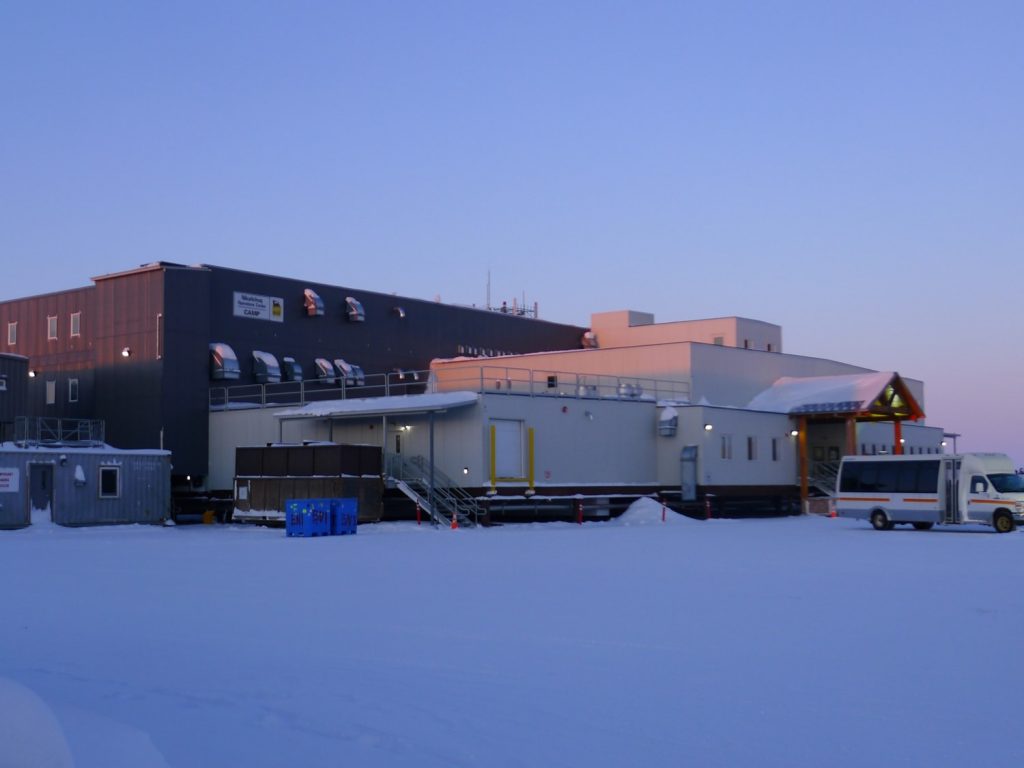
Bye bye, NOC!

